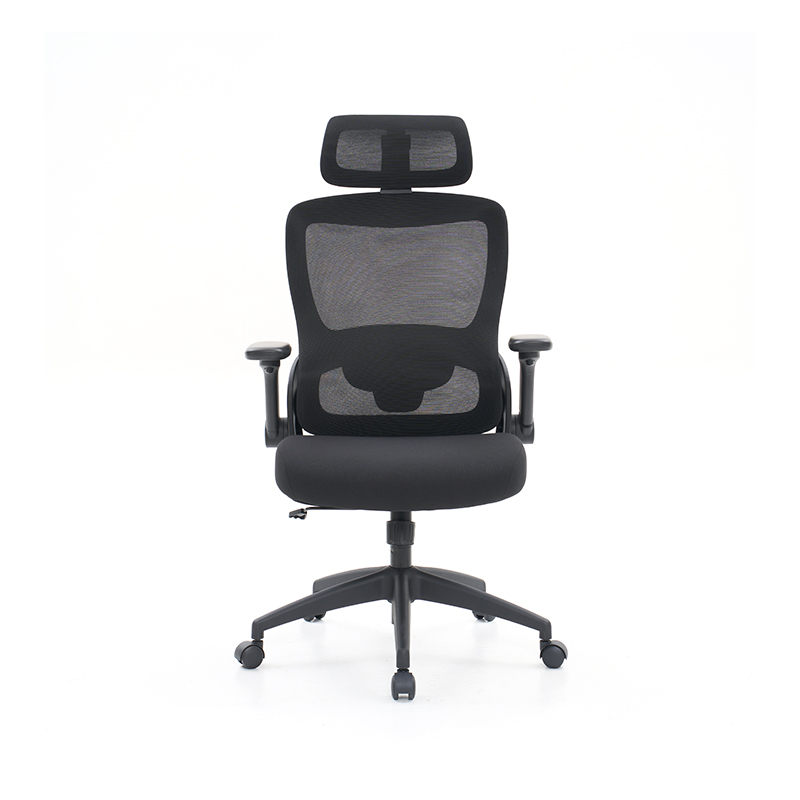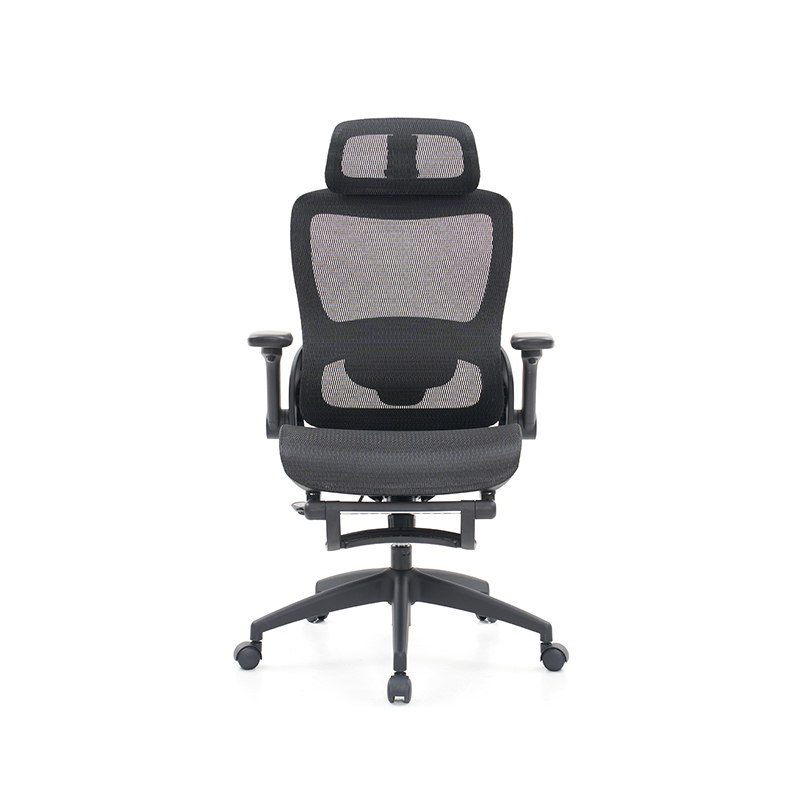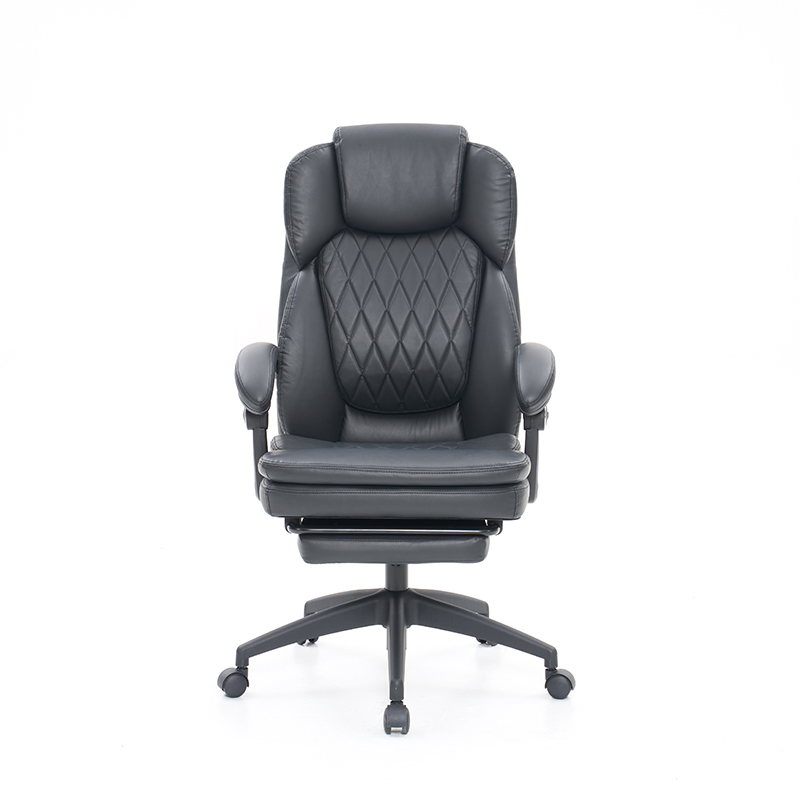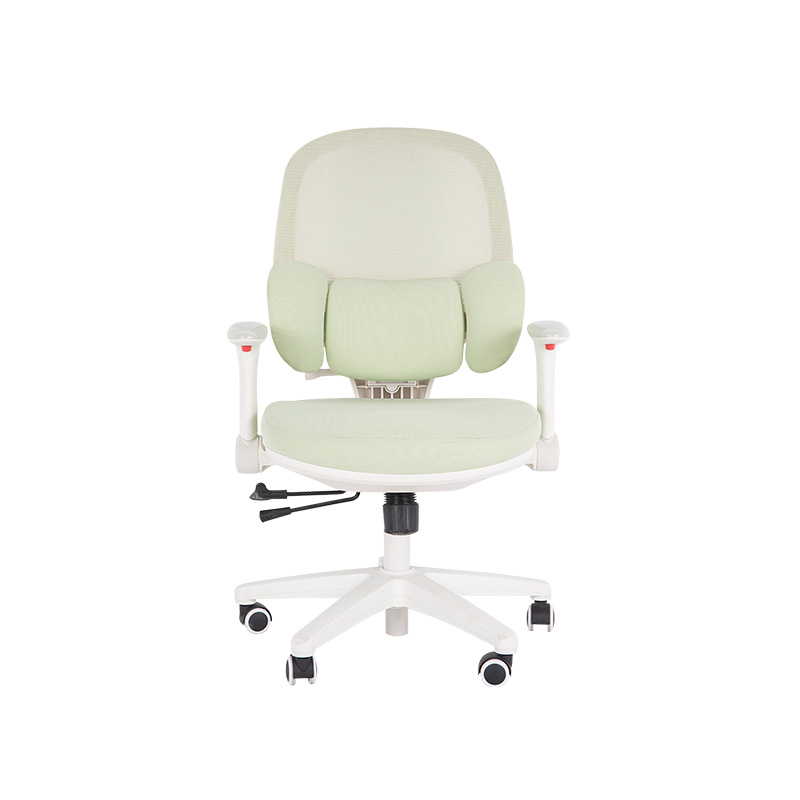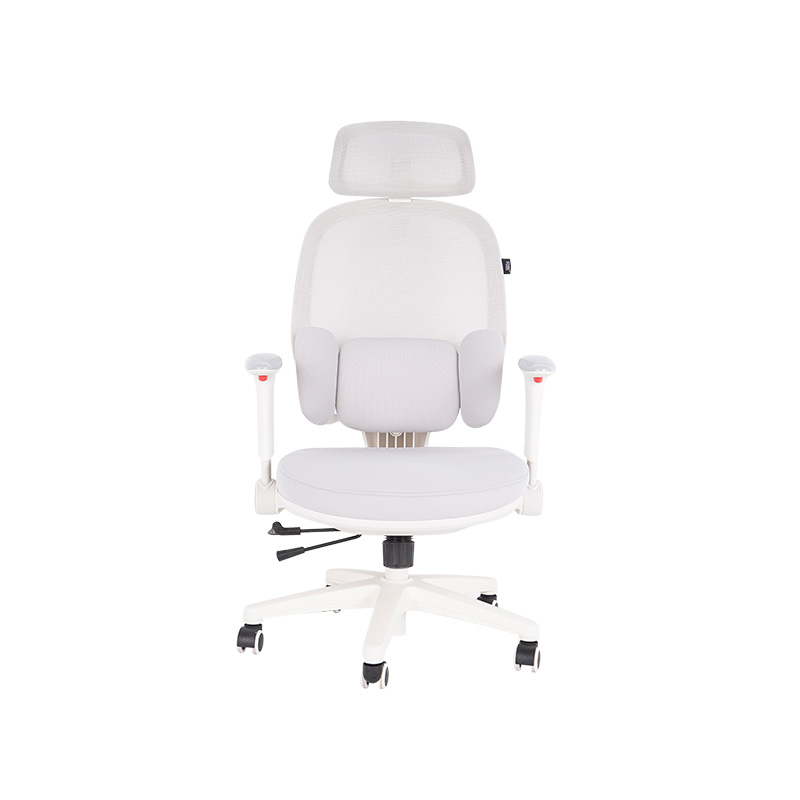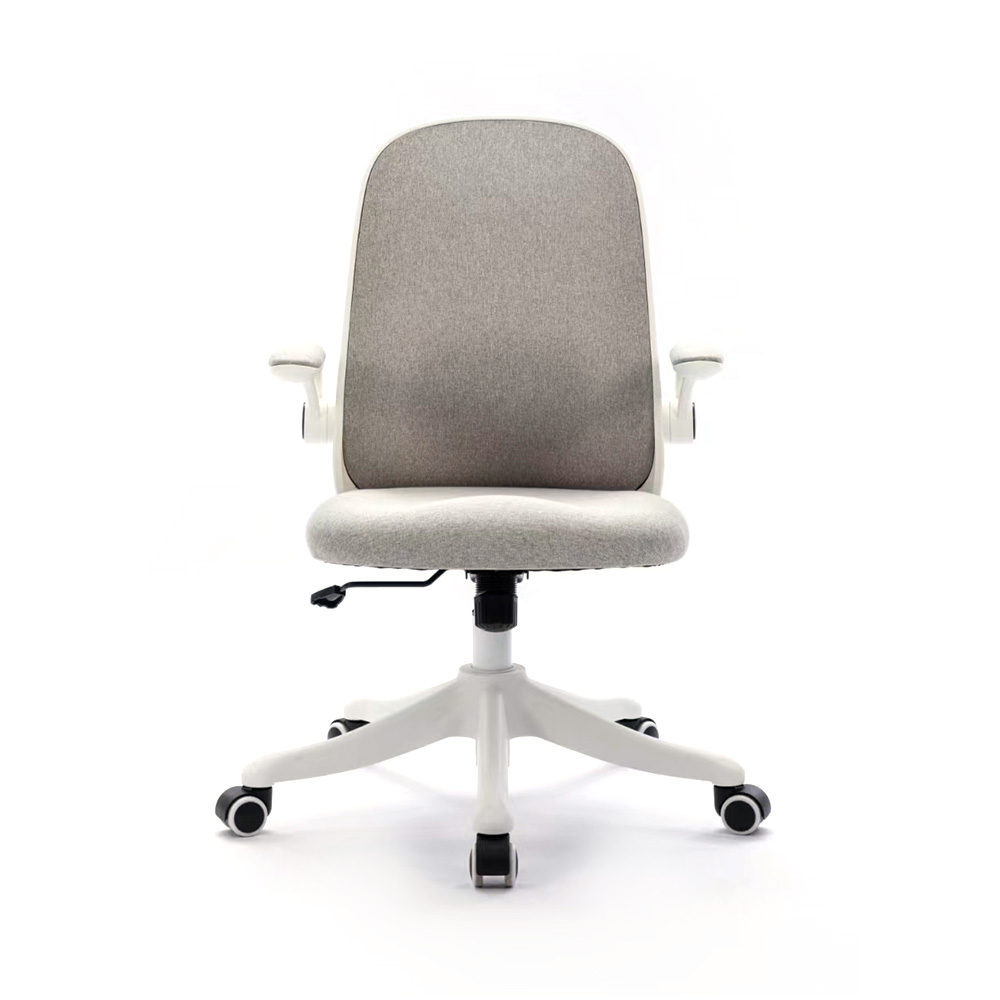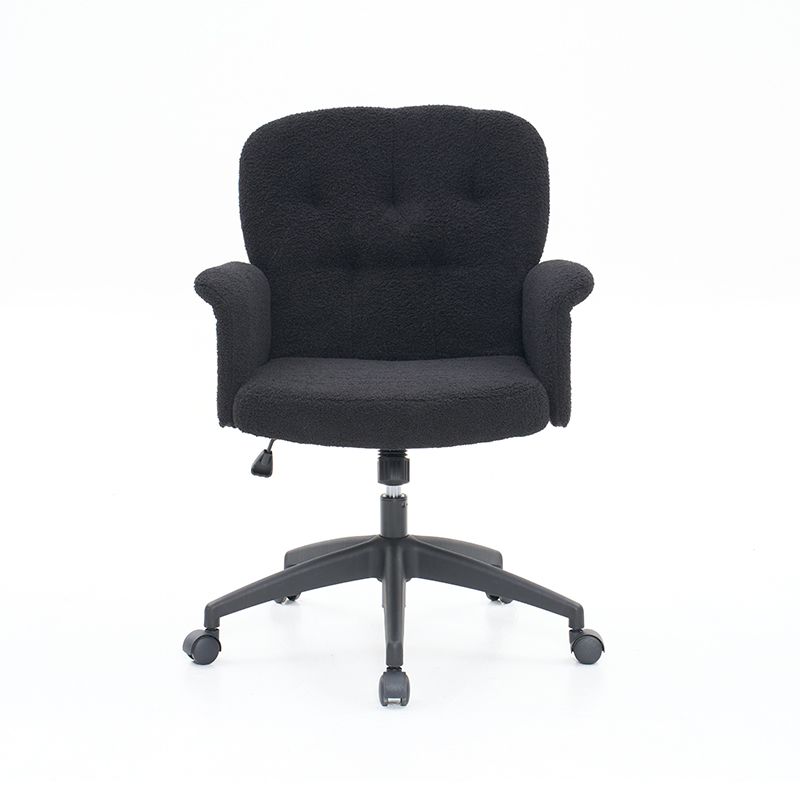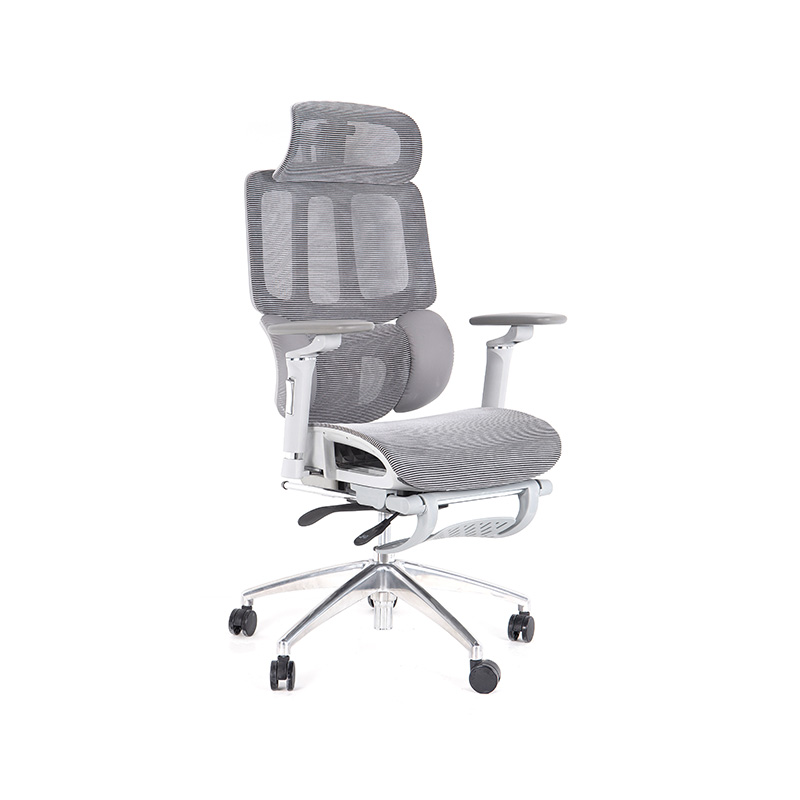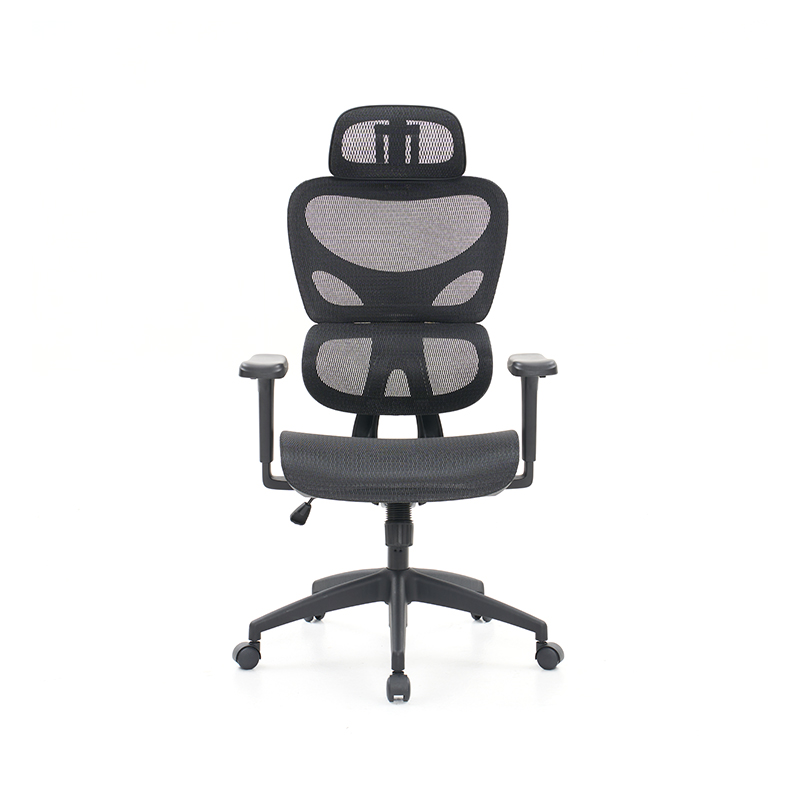The Ultimate Guide to Choosing the Perfect Executive Chair
1. The Best Executive Chair for Long Hours: Comfort and Support for Extended Work Sessions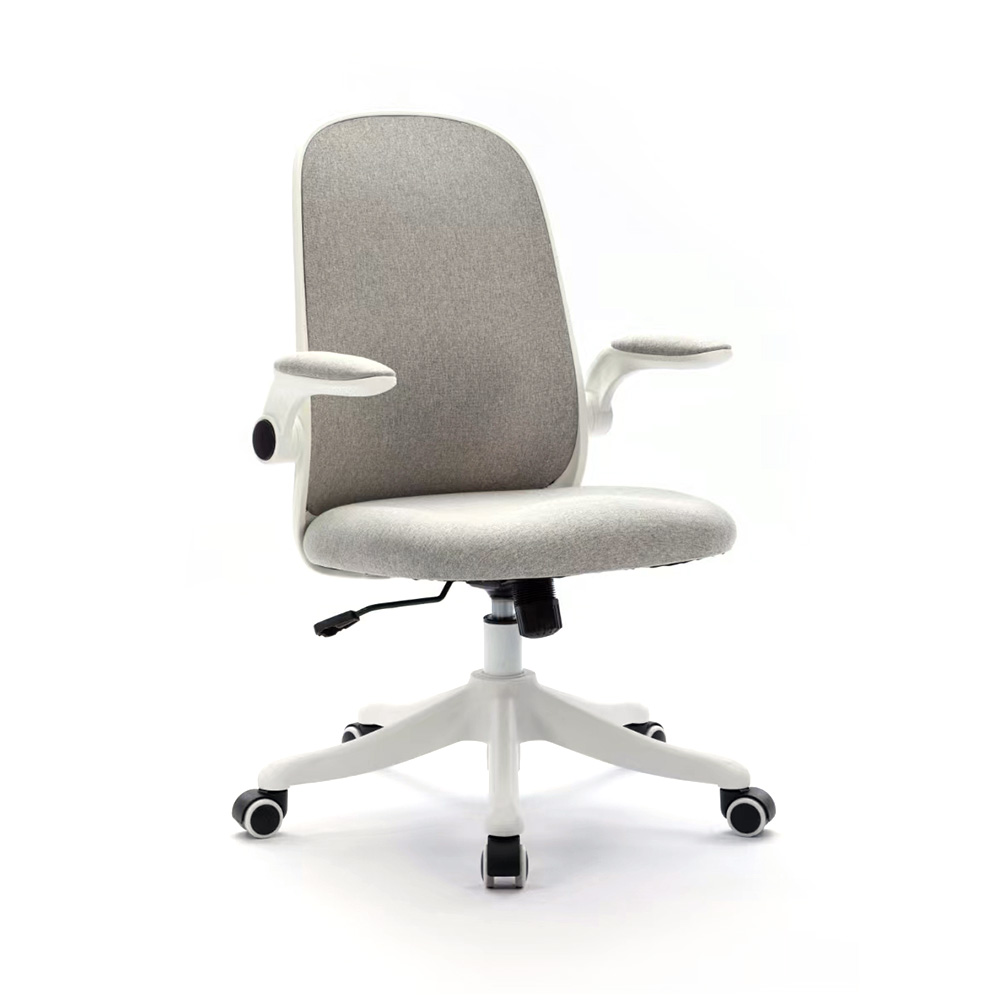
When it comes to high-level decision-making and demanding work schedules, executives need seating that promotes productivity without compromising comfort. A best executive chair for long hours is not just about luxury—it's about ergonomics, durability, and adaptability to prevent fatigue and musculoskeletal strain.
Why Long-Hour Support Matters
Sitting for prolonged periods can lead to poor posture, lower back pain, and reduced circulation. Unlike standard office chairs, executive chairs designed for extended use incorporate advanced cushioning, breathable materials, and dynamic support systems to mitigate these issues. The ideal chair should encourage movement, adjust to the user's body, and provide consistent comfort even after eight or more hours of use.
Key Features to Look For
High-Density Foam Cushioning: Unlike cheaper alternatives that flatten over time, premium foam retains its shape, offering consistent support.
Breathable Fabric or Mesh: Heat buildup can cause discomfort; materials that promote airflow help maintain a comfortable seating temperature.
Adjustable Lumbar Support: Since lower back pain is a common issue, customizable lumbar adjustments ensure proper spinal alignment.
Recline and Tilt Mechanisms: A slight recline reduces pressure on the spine, while tilt tension control allows personalized resistance.
Seat Depth Adjustment: Ensures proper thigh support, preventing strain on the knees and hips.
Maintaining Comfort Throughout the Day
Even the best chair won't eliminate all discomfort if used incorrectly. To maximize benefits:
Take short standing breaks every hour.
Adjust the chair's settings as needed—don't settle for a "one-size-fits-all" approach.
Pair the chair with a sit-stand desk for better posture variation.
Investing in a best executive chair for long hours is an investment in long-term health and efficiency.
2. Ergonomic Executive Chair with Lumbar Support: Preventing Back Pain and Enhancing Posture
An ergonomic executive chair with lumbar support is essential for professionals who spend most of their day seated. Poor posture and inadequate lumbar reinforcement can lead to chronic back issues, making ergonomic design a necessity rather than a luxury.
The Science Behind Ergonomic Support
The human spine has a natural curve that most chairs fail to support adequately. Without proper lumbar reinforcement, the lower back flattens, increasing disc pressure and muscle fatigue. A well-designed ergonomic chair counteracts this by:
Mimicking the spine's natural S-shape.
Encouraging subtle movement to prevent stiffness.
Distributing body weight evenly to reduce pressure points.
Must-Have Ergonomic Features
Adjustable Lumbar Support: Some chairs offer built-in lumbar pads, while others allow height and depth adjustments for a customized fit.
Dynamic Backrest: A chair that moves with the user (rather than remaining rigid) promotes blood flow and reduces stiffness.
Headrest Options: For those who frequently recline, a supportive headrest prevents neck strain.
Armrest Adjustability: Proper arm positioning reduces shoulder tension and encourages a relaxed posture.
Common Mistakes When Choosing an Ergonomic Chair
Prioritizing Style Over Function: A sleek design may look impressive, but if it lacks adjustability, it won't provide long-term comfort.
Ignoring Seat Depth: If the seat is too deep, it can cut off circulation behind the knees; too shallow, and thigh support is insufficient.
Skipping the Trial Period: Always test a chair before committing—what works for one person may not suit another.
An ergonomic executive chair with lumbar support is a critical tool for maintaining spinal health and workplace efficiency.
3. Luxury Executive Office Chair Leather: Combining Elegance and Durability
A luxury executive office chair leather conveys professionalism while offering superior comfort. Leather chairs are a staple in high-end offices, but not all are created equal—material quality, craftsmanship, and design play crucial roles in longevity and comfort.
Genuine vs. Faux Leather: Which Is Right for You?
Genuine Leather: Known for durability and a premium feel, it develops a patina over time but requires maintenance to prevent cracking.
Bonded Leather: A more affordable option, but it peels and deteriorates faster.
High-Grade PU Leather: A synthetic alternative that mimics real leather's look without the upkeep.
Design Elements of a Premium Leather Chair
Hand-Stitched Seams: Indicates higher craftsmanship and longevity.
Padded Armrests: Leather-wrapped armrests enhance comfort and aesthetics.
Contoured Backrest: Ensures the chair remains supportive despite its luxurious appearance.
Caring for a Leather Executive Chair
Regular conditioning prevents drying and cracking.
Keep away from direct sunlight to avoid fading.
Immediate cleanup of spills prevents stains.
A luxury executive office chair leather is an investment in both style and long-term comfort.
4. Adjustable Height Executive Chair for Desk: Customizing Your Seating Experience
An adjustable height executive chair for desk ensures proper alignment with the workstation, reducing strain on the neck, shoulders, and wrists.
Why Adjustability Matters
Prevents slouching or reaching awkwardly for the keyboard.
Reduces the risk of repetitive strain injuries.
Key Adjustable Features
Pneumatic Lift: Allows smooth height transitions.
Seat Depth Adjustment: Ensures proper thigh support.
Armrest Height and Width Customization: Keeps shoulders relaxed.
Finding the Right Fit
Knees should bend at 90 degrees with feet flat on the floor.
Elbows should rest comfortably at desk level.
An adjustable height executive chair for desk is crucial for maintaining ergonomic integrity.
5. Executive Chair vs Manager Chair Differences: Choosing the Right Seat for Your Role
Understanding the executive chair vs manager chair differences helps in selecting the best option based on position, budget, and functionality.
Key Differences
Materials: Executive chairs often use premium leather, while manager chairs may opt for mesh or fabric.
Features: Executive chairs prioritize aesthetics and comfort; manager chairs focus on ergonomics and adjustability.
Price: Executive chairs are typically higher-end investments.
How to Decide
For Authority & Prestige: An executive chair makes a stronger impression.
For Daily Practicality: A manager chair may offer better adjustability.
Knowing the executive chair vs manager chair differences ensures the right choice for comfort and professionalism.
Contact Us

 English
English 中文简体
中文简体 عربى
عربى




